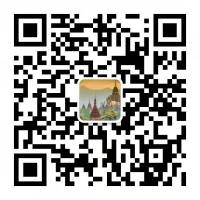Using the Automated DNA Sequencer
互联网
607
Efficient completion of large DNA sequencing projects has been greatly facilitated by the development of fluorescence-based dideoxynucleotide sequencing chemistries and instruments for real-time detection of fluorescence-labeled DNA fragments during gel electrophoresis (1 –6 ). Besides eliminating the use of radioisotopes, these systems automate the task of reading sequences and provide computer-readable data that may be directly analyzed or entered into a sequence assembly engine. In this chapter, we describe DNA sequencing using the first commercially available fluorescent instrument, the Applied Biosystems, Inc. Model 373A Automated DNA Sequencer. This sequencer, originally introduced in 1987 as the Model 370A, utilizes a multispectral approach in which four distinct fluorescent tags are detected and differentiated in a single lane on the sequencing gel (6 ). The four tags are incorporated during the DNA sequencing reactions and may be present on either the 5′ end of the sequencing primer (“dye primers”) or on the dideoxynucleotide triphosphate (“dye terminators”). Since the 373A requires only one lane per sample, up to 36 samples may be analyzed per run. By comparison, the Pharmacia ALF sequencer supports only a one-dye, four-lane approach with dye-labeled primer, and can analyze up to ten samples per run.






